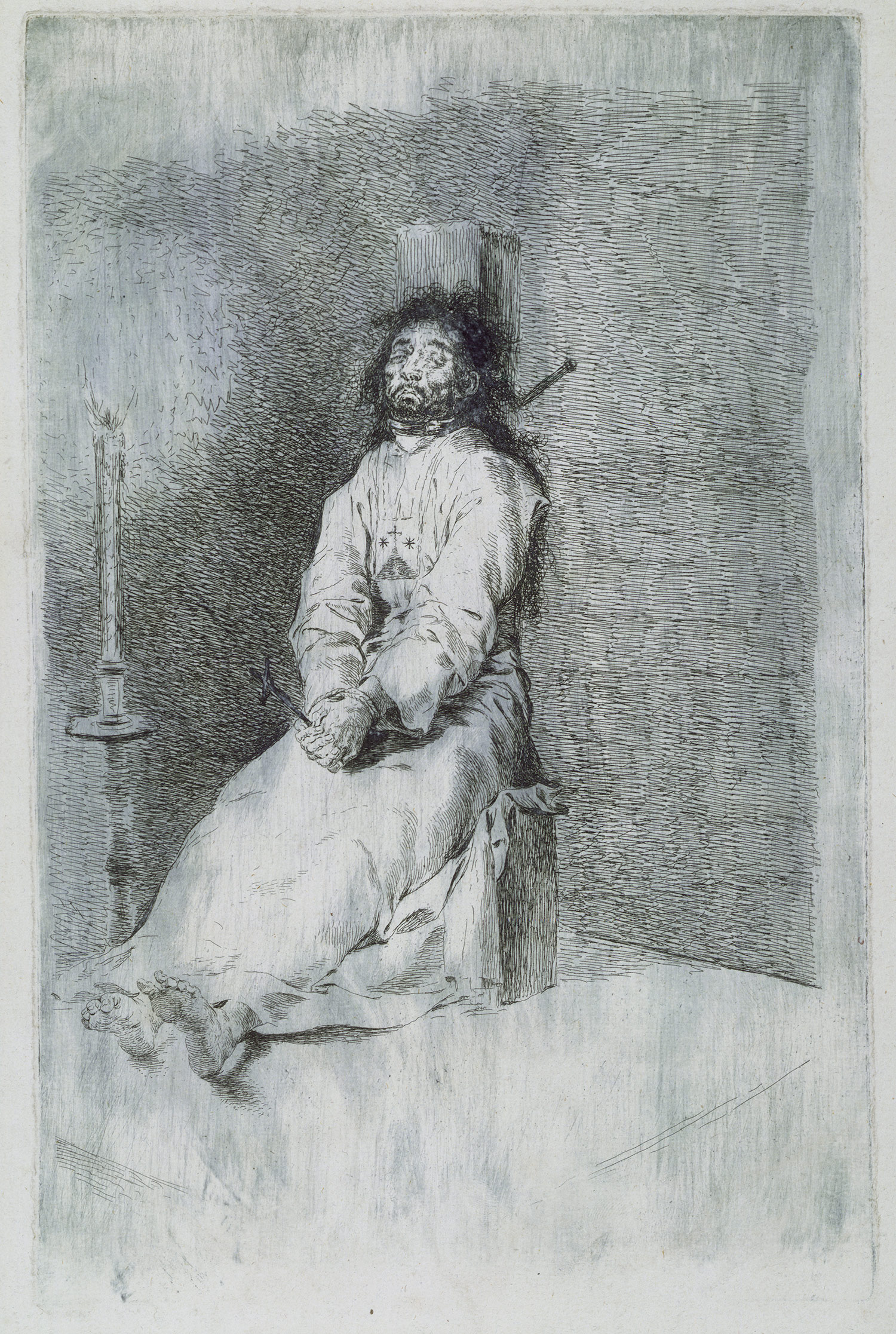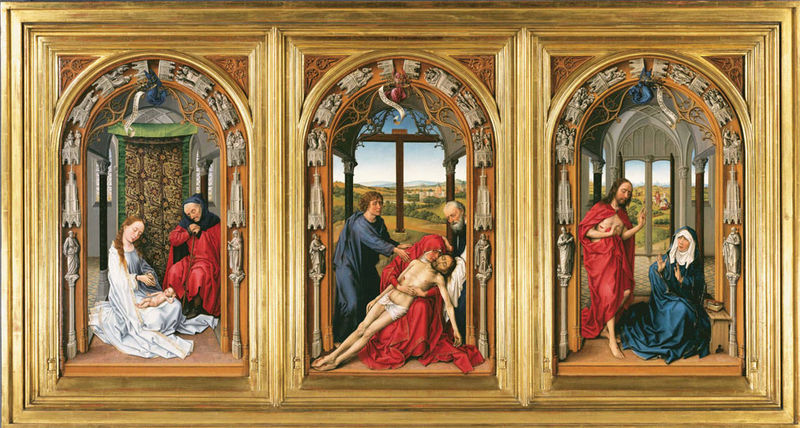\
Emperor Maximilian I and the Age of Dürer Albertina, Vienna 14 September 2012 to 6 January 2013
Emperor Maximilian I was a "media emperor", who spared no efforts for the representation of his person and to secure his posthumous fame. He employed the best artists and made use of the most modern media of his time. Many of the most outstanding works produced for the propaganda and commemoration of Emperor Maximilian I are preserved in the Albertina. These include not only numerous works by Albrecht Dürer, but also
Albrecht Altdorfer’s Triumphal Procession – a work in gouache on parchmennt the artist and his workshop executed for Maximilian – which was the focus of the exhibition. (Follow link for images and history.)
Besides Maximilian's tomb at the Hofkirche in Innsbruck and the monumental Triumphal Arch, the Triumphal Procession is the largest and most important of his commissions: following the model of ancient triumphal processions, it presents musicians, hunters, banner carriers, artillery, magnificent imperial carriages, soldiers, knights and princes, statues of Maximilian’s Habsburg ancestors, his wedding to Mary of Burgundy and his wars. The Triumphal Procession thus reflects the most important persons and events of Maximilian’s life and, like the other major projects, was intended to serve his eternal memory and the glory of the House of Habsburg.
This work was once composed of 109 large-sized sheets, out of which numbers 49 to 109, as well as the author’s sheet, have survived and all of which still show their original brilliant colours; put together, these body-colour paintings amount to more than fifty metres in length. They were last presented publicly in 1959 on the occasion of the Albertina’s exhibition honouring the 500th anniversary of Maximilian’s birthday – reason enough to not only present them again in their entirety and on a large scale, but also to reassess them from a scientific point of view.
The subsequent translation of the Triumphal Procession into the woodcut medium by Hans Burgkmair, Albrecht Altdorfer, and their workshops illustrates the work’s multiple-stage realization, which the emperor requested for almost all of his commissions. In terms of both form and idea, the Triumphal Procession and the monumental woodcut of the Triumphal Arch, which will also be on display in the exhibition, as well as the book projects Theuerdank, Weißkunig, and Freydal, are all intrinsically related to one another, since all of them treat the ever-recurring core themes of Maximilian’s life: his noble lineage, his extraordinary talents, his devoutness, and his military glory. Another section of the exhibition will be devoted to knighthood and the Order of St George; further focal points will deal with the emperor’s interest in genealogy, the reception of antiquity, and humanism.
In addition to important works from the holdings of the Albertina, many international lenders are contributing to the exhibition including the Kupferstichkabinett in Berlin, the British Museum in London and the Metropolitan Museum of Art New York.
FAMILY – THE POLITICAL POTENTIAL OF KINSHIP
BBy arranging for the marriage of his son Maximilian to Mary of Burgundy, Emperor Frederick III laid the foundation for the rise of the Habsburgs. Maximilian in turn succeeded in expanding the Habsburg family’s sphere of influence to large parts of Europe. In wedding his children and grandchildren to the Spanish, Bohemian, and Hungarian heirs apparent, Maximilian established a Habsburg power base that reached far beyond the borders of the Holy Roman Empire. This wise marriage policy is referred to in the well-known saying »Let others wage war, but thou, O happy Austria, marry; for those kingdoms which Mars gives to others, Venus gives to thee«. This expansion of the House of Habsburg was not only aimed at strengthening the Empire, but was first and foremost beneficial to the Habsburg dynasty as such. Yet since the emperor’s influence on imperial policymaking essentially depended on his support base at home, his position within the Empire was bolstered by the Habsburg gains in territory in Burgundy, the Netherlands, Spain, Bohemia, and Hungary, all of which were rich in resources.
Maximilian’s grandson, Emperor Charles V, once more enlarged the Habsburg dominion by adding parts of South America, thus governing an empire »upon which the sun never sets«. Under Emperor Maximilian I and his successor, Charles V, the Habsburgs rapidly rose to become Europe’s leading dynasty for the next four centuries. Internal political matters and wars in the Netherlands and Hungary and against France and Venice forced Maximilian to constantly travel around with his entourage. Hence he never established a permanent residence; nevertheless, Innsbruck became one of his favourite retreats and thus saw a heyday under Maximilian. It was also the place where Bianca Maria Sforza, Maximilian’s second wife, spent many years of their marriage.
BETWEEN POETRY AND TRUTH: THE EMPEROR’S ANCESTOR WORSHIP
The first member of the House of Habsburg to become emperor was Maximilian’s father, Frederick III. In 1508, fifteen years after the latter’s death, and with the assent of Pope Julius II, Maximilian I proclaimed himself »Elected Holy Roman Emperor«. A sovereign coming from a relatively young dynasty, Maximilian sought to glorify his descent in order to distinguish himself from rival ruling houses. A venerable lineage was to anchor his position in history and present him as the heir of a splendid past.
He enhanced his line of ancestors with antique roots reaching back to the Greek hero Hector or the Roman emperor Julius Caesar. Maximilian’s genealogical trees even contain progenitors from the Old Testament, such as Noah, or pious saints like Margrave Leopold from the House of Babenberg. In this way, Maximilian endowed himself with such noble virtues as piety, humbleness, resolve, and courage, which were assured by legendary forefathers. Such imaginary ancestors as King Arthur conferred upon Maximilian virtues like chivalry and justice. Maximilian also claimed Charlemagne as one of his ancestors, since this enabled him to deduce the legitimacy of his own position as imperial sovereign from the first post-Roman emperor. Such fantastic constructions designated the emperor as the embodiment of a virtuous Christian hero: the First Knight of the Empire!
BETWEEN POETRY AND TRUTH: THE EMPEROR’S ANCESTOR WORSHIP
TThe first member of the House of Habsburg to become emperor was Maximilian’s father, Frederick III. In 1508, fifteen years after the latter’s death, and with the assent of Pope Julius II, Maximilian I proclaimed himself »Elected Holy Roman Emperor«. A sovereign coming from a relatively young dynasty, Maximilian sought to glorify his descent in order to distinguish himself from rival ruling houses. A venerable lineage was to anchor his position in history and present him as the heir of a splendid past.
He enhanced his line of ancestors with antique roots reaching back to the Greek hero Hector or the Roman emperor Julius Caesar. Maximilian’s genealogical trees even contain progenitors from the Old Testament, such as Noah, or pious saints like Margrave Leopold from the House of Babenberg. In this way, Maximilian endowed himself with such noble virtues as piety, humbleness, resolve, and courage, which were assured by legendary forefathers. Such imaginary ancestors as King Arthur conferred upon Maximilian virtues like chivalry and justice. Maximilian also claimed Charlemagne as one of his ancestors, since this enabled him to deduce the legitimacy of his own position as imperial sovereign from the first post-Roman emperor. Such fantastic constructions designated the emperor as the embodiment of a virtuous Christian hero: the First Knight of the Empire!
HUMANISM
Humanism was the most important intellectual movement during the Renaissance and spread across all of Europe in the sixteenth century. Based on classical thought, humanism designed an ideal image of man, whose personality was to evolve freely through universal education: man became the measure of all things. At the turn of the sixteenth century, discoveries and scientific research also led to new insights that paved the way for the future. The heliocentric system took the upper hand thanks to Nicolaus Copernicus, and Christopher Columbus discovered America in 1492.
The dissemination of humanist ideas was facilitated by the invention of the printing press around the middle of the fifteenth century. Works by classical and medieval authors were not only translated, but they were also made accessible to the educated through printed books. Broadsheets illustrated with woodcuts also played an important role in the spread of humanist teachings.
To Emperor Maximilian, humanist ideals and ideas were of interest insofar as he was able to exploit them for his own ends. These involved historical and ancestry research, but also astronomy and cartography, which were not irrelevant in warfare. Several humanists in Maximilian’s entourage devised concepts for the prestigious projects to be realized in his memory and supervised the artistic execution of these comprehensive works meant to immortalize his fame. Maximilian was one of the promoters of the University of Vienna. It accommodated the »College of Poets«, which had been founded by him in 1501 and one of whose scholars was the »arch-humanist« Conrad Celtes.
THE TRIUMPH OF THE EMPEROR
IIn ancient Rome, victorious military leaders marched to the Capitol in a triumphal procession, where offerings were made and celebrations held for the troops and the populace. Through literary descriptions by humanist authors and pictorial representations of the Italian Renaissance, the classical motif of the triumphal procession also regained its topicality north of the Alps.
In 1512 Maximilian I commissioned Albrecht Altdorfer to paint a glorious Triumphal Procession on vellum, which originally was more than 100 metres long. Maximilian had already devoted himself to the theme of the triumphal chariot five years earlier. In 1518 Albrecht Dürer designed the Great Triumphal Chariot in the form of a monumental drawing showing the emperor and his family riding in an elaborately decorated coach. This work was later reproduced as a woodcut. The historical and iconographic foundation for such works derived from schemes conceived by Maximilian’s humanist advisors. Models from ancient times, with their classical iconography meant to elevate rulers, were translated into the period around 1500, with a focus on the emperor’s personality.
A triumphal procession such as that painted by Altdorfer never took place in reality. And a triumphal chariot such as that drawn by Dürer was never built for the emperor. Maximilian’s Triumphal Procession, his Great Triumphal Chariot, and his printed Arch of Honor, which was three metres high, were merely realized as images serving as propaganda and for the emperor’s glorification. Thanks to the modern reproduction medium of woodcut, it was possible to print and disseminate them in large editions.
THE IDEAL IMAGE OF THE RULER – HERO IN A THOUSAND GUISES
A master of self-stylization, Maximilian created a complex image of himself as a ruler. But it was not only the competent politician and brave military leader, who himself courageously and resolvedly fought in the front line of the battlefield, that was to be glorified. The »ideal ruler« was just as adroit when it came to jousting, hunting, rhetoric, and courtly love. He also possessed a medieval knight’s virtues, which were indispensable for good government. Many of the works of art Maximilian I commissioned deal with these knightly virtues. Unlike the Medici, for example, he was neither a patron nor a collector: his artistic interest was always directed at a mise-en-scène of his person and the commemoration of his life and deeds. His literary and autobiographic book projects – such as the jousting book Freydal, the adventure epic Theuerdank, and the family chronicle Weißkunig – portray the sovereign as a hero excelling in all disciplines. The carriages filled with treasures in his Triumphal Procession and precious works of gold were intended to celebrate the emperor’s immeasurable riches.
In this respect, however, the emperor’s panegyrical self-portrayal was far removed from the harsh reality of a permanent shortage of financial means. Maximilian’s imperial household, the wars he led, and the works of art he commissioned to glorify his person and governance were financed by loans granted him by Jakob Fugger in exchange for land, privileges, and ennoblement.
The sovereign’s depiction in diverse roles – such as one of the Three Magi or as Saint George – is an expression of his constant efforts to transfigure his personality. Maximilian’s real image is conveyed to us in the form of Albrecht Dürer’s powerful drawing from 1518. Distributed in an edition of several hundred impressions through the medium of woodcut, it continues to shape our idea of the emperor’s appearance.
KNIGHTHOOD AND THE ORDER OF SAINT GEORGE
That Maximilian did not die prematurely on the battlefield, in a jousting tournament, or during a hunt is almost miraculous. There are numerous testaments to his courageous personal participation in battles and intervention in dangerous situations of all kinds. This contributed to Maximilian’s image of the »last knight«, which took shape in the period of Romanticism.
Indeed, knightly virtues played an important role in the emperor’s life – a role that was best personified by Saint George, the patron saint of the Crusaders. Maximilian particularly supported the Order of Saint George, established by his father, Emperor Frederick III. In 1493, Maximilian founded the Brotherhood of Saint George, which was to raise funds for the campaign against the Ottoman Empire. Yet Maximilian did not achieve his goal of expelling the Turks from Europe. If the emperor had himself depicted as the Christian victor over the dragon, it was in order to at least fight his crusade symbolically on paper, since financial restraints had kept him from launching a real one.
An excellent jouster, Maximilian personified the fading ideal of Burgundian knighthood. It is not a coincidence that the art of making plate armour was in its heyday at the turn of the sixteenth century: Maximilian, who had a passion for tournaments, was also a major patron in this field.
In reality, however, Emperor Maximilian was a far-sighted sovereign and military leader who commanded the most modern artillery of his period and overran his opponents with a powerful infantry of lansquenets, with Maximilian himself fighting as a foot soldier on the front line.
THE GREAT DEATH
Emperor Maximilian did his utmost to live on in the memory of posterity. This primary goal of his culminated in a tomb he started planning in 1502 and which, according to the original concept, was to comprise nearly 200 bronze sculptures. The most renowned artists of the period were engaged to work on this memorial monument. Besides Saint Stephen’s Cathedral in Vienna or the Chapel of Saint George in Wiener Neustadt, Maximilian considered an abbey consecrated to Saint George on Mount Falkenstein near Lake Wolfgang as a suitable site. This memorial was only installed fifty years after the emperor’s death, under his grandson Ferdinand I, in the Innsbruck Court Church. But Maximilian’s ancestors – the monumental »Schwarze Mander« (Black Men) – guard an empty tomb. Maximilian’s mortal remains are interred in front of the altar in the chapel in which he was baptized – the Chapel of Saint George in Wiener Neustadt Castle.
For the preservation of his memory, Maximilian preferentially made use of the technique of woodcut, in terms of both text and image. This is most impressively demonstrated by his Arch of Honor, the largest woodcut produced in the age of Dürer: combining battles, historical events, ancestors, and the emperor’s family tree, it is another mise-en-scène of Maximilian’s role as emperor.
»He who does not provide for his memory while he lives, will not be remembered after his death, so that this person will be forgotten when the bell tolls. And hence the money I spend for my memory will not be lost.« With these words, Maximilian sought to justify the funds spent for immortalizing his life and deeds. This striving for posthumous fame was in stark contrast to how the emperor’s life actually ended. He died in 1519, conscious of great guilt and driven by a fear of God’s judgement. During his last years, he had his coffin carried along wherever he went. Having received the Extreme Unction, he abdicated all of his titles and ordered that his teeth be broken off and his hair be shorn after his death as a sign of humility. His dead body was to be scourged in order to purge him of all guilt.
However, the works of art Maximilian I left behind confirm his earlier prognosis that the money spent for his commemoration and fame would not be in vain. The powerful visual language of the works he commissioned has ensured that Emperor Maximilian still remains unforgotten.
EMPEROR MAXIMILIAN I 1459–1519
Maximilian was born in Wiener Neustadt on 22 March 1459, the son of Emperor Frederick III and his consort, Eleanor of Portugal.
In 1462 Maximilian witnessed how his family was besieged at the imperial castle in Vienna by his uncle Albrecht. Although Frederick rose to power after Albrecht’s death, Vienna was conquered by Matthias Corvinus, King of Hungary, in 1485 and became Hungary’s capital for the next five years. For these reasons Maximilian avoided Vienna throughout his life, preferring Innsbruck, Wiener Neustadt, Graz, Wels, and other towns as temporary residences.
After the death of Charles the Bold, Duke of Burgundy, in 1477, his daughter Mary (1475–1482) inherited his rich dominions. That same year she married Maximilian, who thus became Duke of Burgundy. They had two children, Philip (1478–1506) and Margaret (1480–1530).
When Mary of Burgundy died prematurely, Maximilian – or rather his son Philip – came into possession of the Low Countries and the Duchy of Burgundy. King Louis XI of France sought to reconquer formerly French territories, but Maximilian could defend large parts of his Burgundian inheritance.
In 1490 Archduke Sigismund abdicated his rulership of Tyrol, Further Austria, and the Habsburg homelands in the region around Lake Constance in favour of Maximilian, under whom the castle of Innsbruck was transformed into an imperial residence. In 1493 Maximilian succeeded his father as King of the Romans and regent of the Archduchy of Austria.
In 1494 Maximilian married Bianca Maria Sforza, who was beneath his rank, but brought him an immense dowry, which he urgently needed to settle his debts. In return, Maximilian bestowed the fiefdom of the Duchy of Milan upon her uncle Ludovico Sforza, called »il Moro«. Bianca died in Innsbruck in 1510.
In 1495, at the Diet of Worms, Maximilian decreed the empire’s administrative reform. It was the first time that a general tax – the »Common Penny« – was introduced. Maximilian also established the so-called »Imperial Chamber Court«, which was to put an end to medieval feuds.
In 1496 Maximilian wed his son Philip the Handsome to Joanna of Aragon and Castile, and at the same time married his daughter Margaret to Joanna’s brother John, the Spanish heir apparent. Through this double alliance and after John’s premature death, the Habsburgs came into possession of the Spanish crown. Philip and Joanna’s son, the future Emperor Charles V (1500–1558), was to govern Spain and an empire »upon which the sun never set«.
In 1508 Maximilian declared himself »Elected Holy Roman Emperor«. This proclamation could not take place in Rome, as was customary, but – with the assent of Pope Julius II – was held in Trento, because Maximilian’s adversary Venice refused him passage to Rome. The emperor’s powers as such were limited, but his domestic support base and the emperor’s moral superiority over other royal houses in Europe were crucial advantages.
Since the 1480s, the Augsburg banker Jakob Fugger had been Maximilian’s most important financial backer. Out of gratefulness for his political support, Maximilian ennobled him in 1511.
During the first and second decades of the sixteenth century, Emperor Maximilian commissioned comprehensive works of art in order to glorify his person and government. Maximilian himself had been working on various plans for his tomb since 1502. In 1512, Albrecht Altdorfer began to paint the Triumphal Procession, which was one hundred metres long. In 1515, Albrecht Dürer completed the monumental Arch of Honor. And in 1518, Dürer portrayed the emperor at the Diet of Augsburg.
In 1515 the »Double Wedding of Vienna«, which ultimately turned out to be highly advantageous, sealed the dual alliance Emperor Maximilian had arranged for his grandchildren, Ferdinand and Mary, who were married to the children of the King of Bohemia and Hungary. Through Maximilian’s wise dynastic marriage policy, the House of Habsburg obtained Burgundy along with the rich Netherlands, as well as Spain, Hungary, and Bohemia, within a period of three decades.
Maximilian died in Wels on 12 January 1519. According to his wishes, he was buried in the Chapel of Saint George in Wiener Neustadt Castle, where he had once been baptized. Maximilian’s tomb, with its larger-than-life bronze figures, was unfinished at his death. On the initiative of his grandson, Emperor Ferdinand I, it was completed in 1585 and installed as a cenotaph in the Innsbruck Court Church, which had specially been built to accommodate this empty sepulchre.
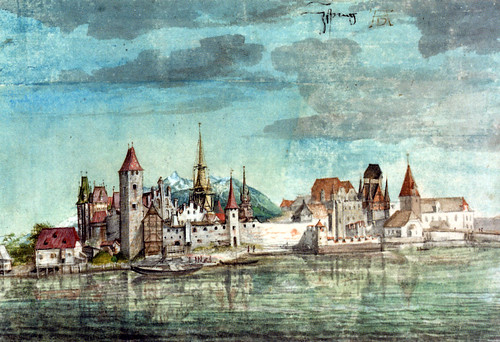
Albrecht Dürer
View of Innsbruck from the North, c. 1496
Watercolour, bodycolour, heightened with white Albertina, Vienna

Albrecht Dürer
Soldier on Horseback, 1498
Pen and brown ink, watercolour Albertina, Vienna

Albrecht Dürer
The Italian Trophy (Design for the "Triumphal Procession of Emperor Maximilian I"), 1518
Pen and black ink Albertina, Vienna

Albrecht Dürer
Hand Holding a Pomegranate (Study for the "Portrait of Emperor Maximilian I"), 1519 (?)
Black chalk Albertina, Vienna

Albrecht Dürer
Knight, Death and the Devil, 1513
Copper engraving Albertina, Vienna

Albrecht Dürer
Portrait of Emperor Maximilian I, c. 1519
Woodcut Albertina, Vienna

Albrecht Dürer
The Triumphal Arch of Emperor Maximilian I, 3rd edition, 1559
Coloured woodcut, laid down, rolled upAlbertina, Vienna












-1618.jpg)




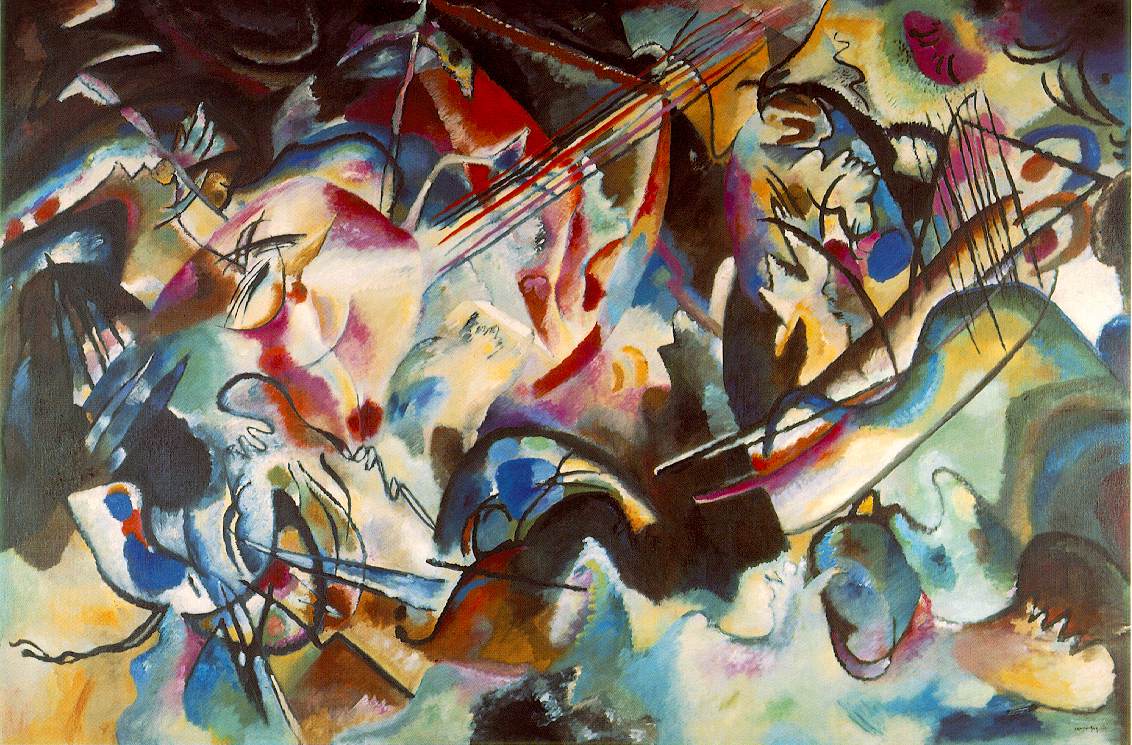
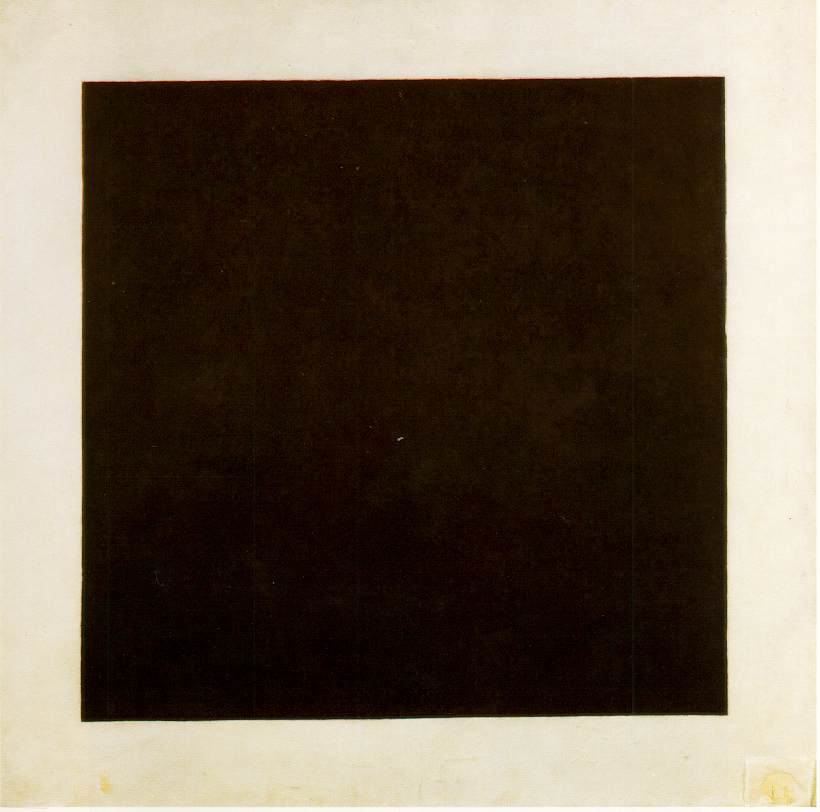


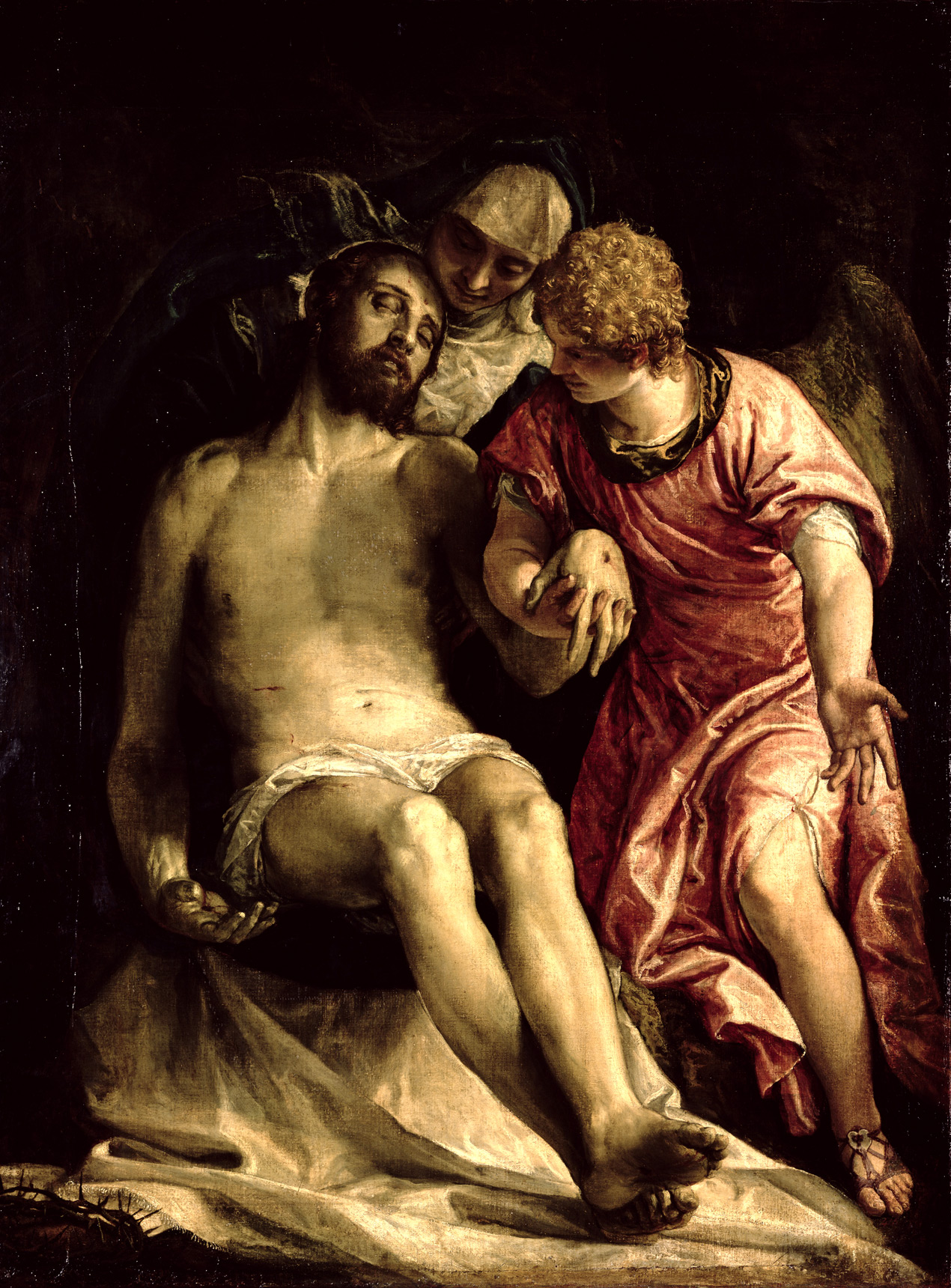


,%20Drawing,%20232%20x%20170%20mm.%20Copyright%20of%20the%20Trustees%20of%20the%20British%20Museum.jpg)

.%20Pen%20and%20brown%20ink,%20268%20x%20189%20mm.%20Copyright%20of%20the%20Trustees%20of%20the%20British%20Museum.jpg)
